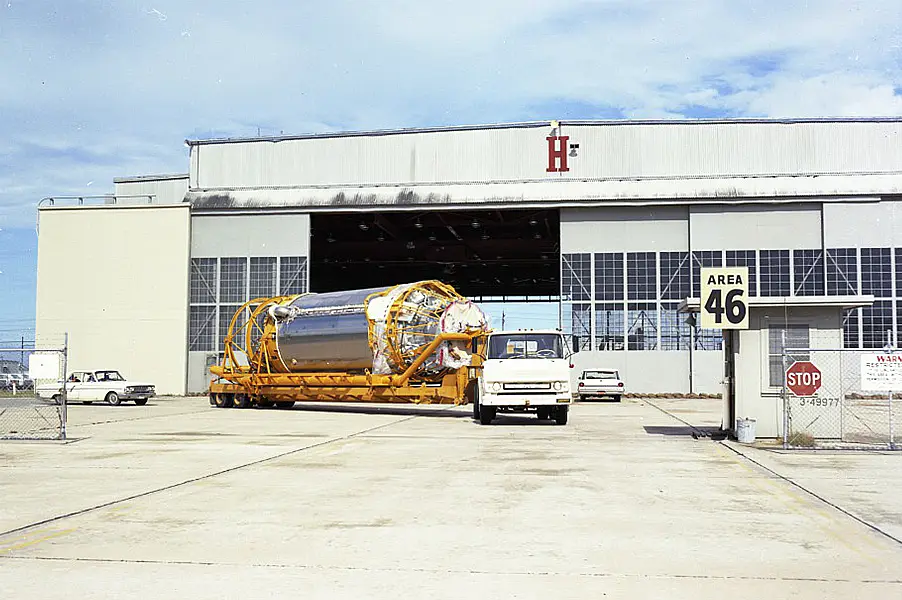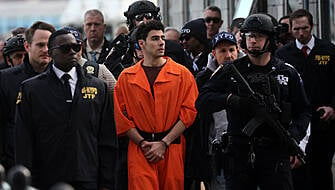Instead of a cosmic rock, the newly discovered object appears to be an old rocket from a failed moon landing 54 years ago that is finally making its way back home, according to Nasa’s leading asteroid expert.
“I’m pretty jazzed about this,” Paul Chodas told the Associated Press. “It’s been a hobby of mine to find one of these and draw such a link, and I’ve been doing it for decades now.”
He speculates that asteroid 2020 SO, as it is formally known, is actually the Centaur upper rocket stage that successfully propelled Nasa’s Surveyor 2 lander to the moon in 1966 before it was discarded.

The lander ended up crashing into the moon after one of its thrusters failed to ignite on the way there, while the rocket swept past the moon and into orbit around the sun as intended junk, never to be seen again — until perhaps now.
A telescope in Hawaii last month discovered the mystery object heading our way while doing a search intended to protect Earth from doomsday rocks.
The object was added to the International Astronomical Union’s Minor Planet Centre’s tally of asteroids and comets found in our solar system, just 5,000 short of the million mark.
The object is estimated to be roughly 26ft long based on its brightness. The old Centaur would be less than 32ft long including its engine nozzle and 10ft in diameter.
What caught Mr Chodas’s attention is that its near-circular orbit around the sun is similar to Earth’s — unusual for an asteroid.
“Flag number one,” said Mr Chodas, who is director of the Centre for Near-Earth Object Studies at Nasa’s Jet Propulsion Laboratory in southern California.

The object is also in the same plane as Earth, not tilted above or below. Asteroids usually zip by at odd angles. Lastly, it is approaching Earth at 1,500mph, slow by asteroid standards.
As the object gets closer, astronomers should be able to better chart its orbit and determine how much it is pushed around by the radiation and thermal effects of sunlight.
If it is an old Centaur — essentially a light empty can — it will move differently to a heavy space rock less susceptible to outside forces.
Another mystery object in 1991 was determined by Mr Chodas and others to be a regular asteroid rather than debris, even though its orbit around the sun resembled Earth’s.
In 2002 he found what he believes was the leftover Saturn V third stage from 1969′s Apollo 12, the second moon landing by Nasa astronauts.
He acknowledges the evidence was circumstantial, given the object’s chaotic one-year orbit around Earth. It never was designated as an asteroid, and left Earth’s orbit in 2003.
The latest object’s route is direct and much more stable, bolstering his theory.
“I could be wrong on this. I don’t want to appear overly confident,” Mr Chodas said. “But it’s the first time, in my view, that all the pieces fit together with an actual known launch.”







